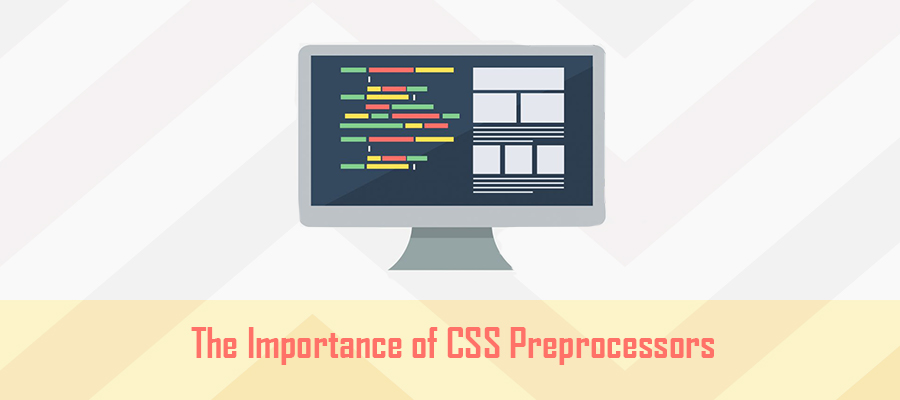 Do you think all CSS strategies are the same? If so, then it’s time to change the way you think about this essential coding language. While directly writing CSS code within your stylesheets is often performed when creating a relatively small application, larger developments are a different story.
Do you think all CSS strategies are the same? If so, then it’s time to change the way you think about this essential coding language. While directly writing CSS code within your stylesheets is often performed when creating a relatively small application, larger developments are a different story.
This is most often the case when developing CSS for entire websites, such as a WordPress theme. While it’s possible to work without CSS preprocessors, when crafting such large enterprises, it’s essential to find methods capable of boosting workflow productivity and overall code efficiency.
Perhaps one of the most effective methods of accomplishing this task is through CSS preprocessors. Essentially, a CSS preprocessor is a specialized CSS file that contains a variety of functions, mixins, variables and a host of other functions that aren’t appropriate (or compatible) within a standard stylesheet.
Ultimately, CSS preprocessors streamline scalability and efficiency for complex websites. As you can see, there are several unique advantages of this technique, but what else is this process used for? Let’s take a few moments and explore the importance and capabilities of CSS preprocessors.
Enhanced CSS Flexibility
The most notable hinderance when working with basic/traditional CSS is its directness. Essentially, basic CSS is strict and offers very little room for stylistic and coding flexibility. This is where preprocessors come in handy. They allow developers to add unique functions and variables to code, which allows easier and greater development opportunities. Another perk? This added flexibility also means cleaner, more precise code.
Combine Multiple Stylesheets
Have you created a specific CSS stylesheet for each page or screen of your website? If so, then you may be frustrated with the performance of your site. Since each page-specific CSS file requires rendering by your browser, to fully download your site there must be successful connection and delivery of multiple HTTP requests.
According to Google, reducing the number of HTTP requests is paramount for optimum ranking. CSS preprocessors provide a real and easy solution. Simply import your individual stylesheets into a single CSS file. Now, when your site is accessed by the end-user browser, only one main stylesheet is required, rather than having to send potentially hundreds of smaller stylesheets.
Streamline and Simply Code Repetitions
Perhaps the biggest advantage of using a CSS preprocessor is its ability to streamline the number of times you have to rewrite the same lines of code. Code repetition is among the most frustrating elements of basic CSS programming. Now, instead of repeating the same code based upon different selectors, you’re able to streamline code by writing the main declarations and then following this with individual selectors. For example:
If your main divider and two sub dividers feature the same margin and padding, with only the border being different, you simply write the main divider declarations with all three qualities. Now, when you’re writing the subdivider declarations simply do the following:
.subdiv1 {
.maindiv;
Border: 3px;
}
The selector (.subdiv1) will call upon the declarations outlined in the .maindiv selector. The only difference when rendered will be the border, which features a different declaration than the main divider. This prevents you from having to repeat the margin and padding declarations. While this may seem small, its impact is quite large.



1 Comment